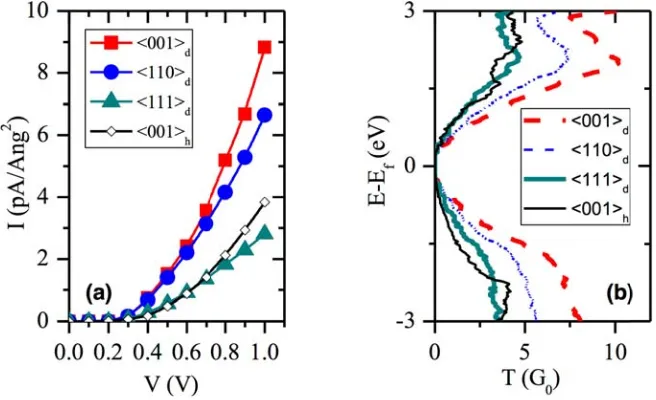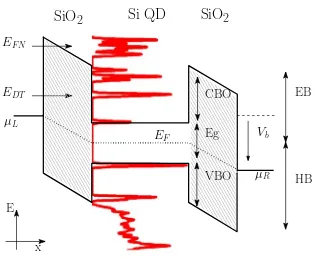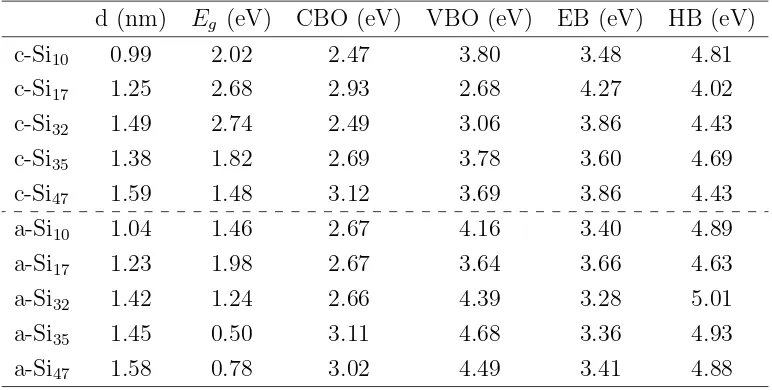Atomistic study of structural and electronic transport properties of silicon quantum dots for optoelectronic applications
Texto completo
Figure
![Figure 1.1: (top) Reprinted with permission from [8]. Copyright 1992, AIP Publishing LLC.: Relationbetween free-standing Si QD diameter and band gap](https://thumb-us.123doks.com/thumbv2/123dok_es/5225873.95228/15.612.146.519.142.594/figure-reprinted-permission-copyright-publishing-relationbetween-standing-diameter.webp)
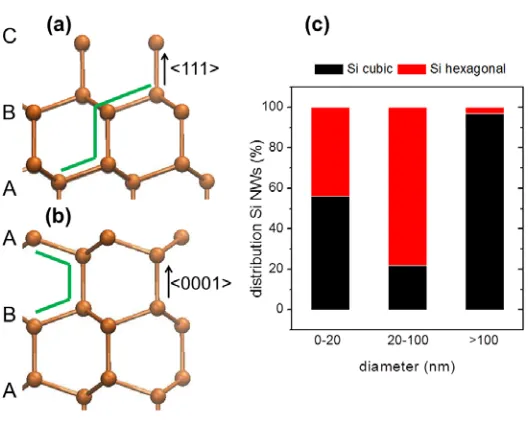

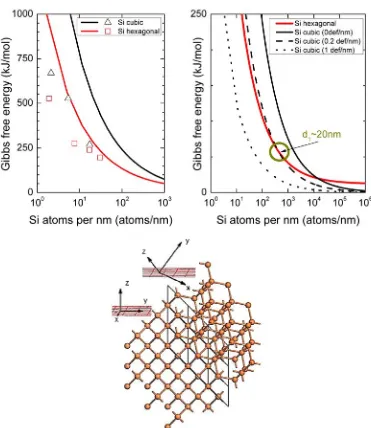
Outline
Documento similar
They study the power consumption as a function of membrane size and the temperature distribution with and without silicon plug.. By adding a silicon plug of about 10 m thickness
The behavior of the samples in the trap depended on the nanoparticle struc- ture. Ag/Ag 2 S aggregates were held in the trap for minutes, while Ag 2 S nanoparticles were pushed out
The emission spectra of a single QD are shown in Figure 5.7 for different excitation power P. The enlargement factors are indicated and spectra are shifted vertically for clarity.
Summing up, a proper concentration of PbS QDs results in an impressive shift (ΔT = 45°C if the solvent is DMF and ΔT = 80 °C if the solvent is the DMSO) of the perovskite
Here we are interested in the study of transport properties of liquid water which are in general difficult to model accurately, using molecular simulation for their prediction,
Once fabricated, these templates are further used for the formation of different low density III-V semiconductor nanostructures, as InAs quantum dots and InAs quantum dot molecules
Therefore to characterize and study possi- ble evolution effects of the structural and dynamical properties of ELOs, we describe their three dimensional distributions of mass
Figure 5.6: Electronic and structural properties of the G/O/Rh(111) system as a function of O coverage (Θ O ). For each coverage value we present: i) a height-map (in Å) of the
